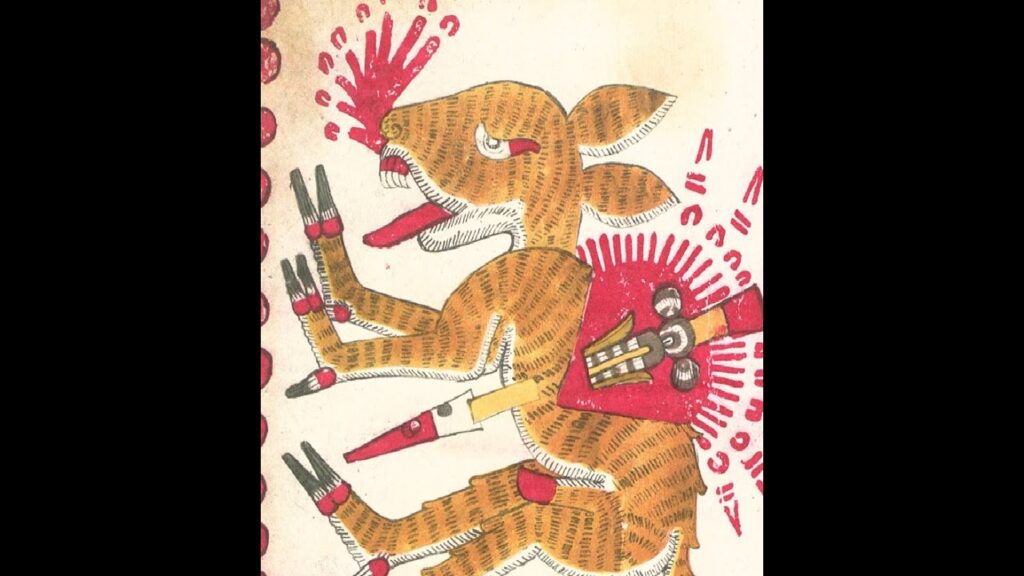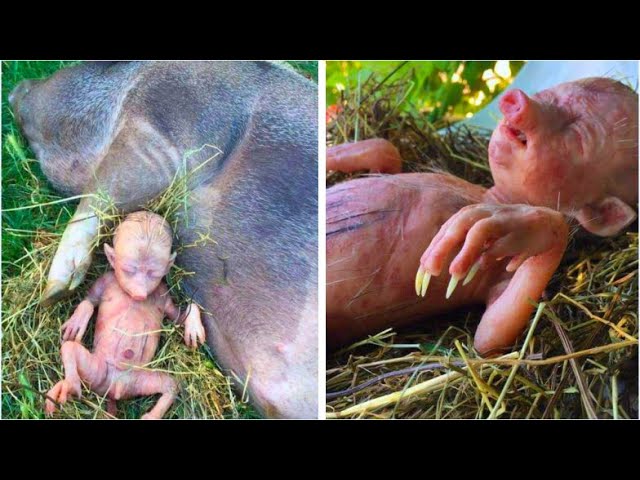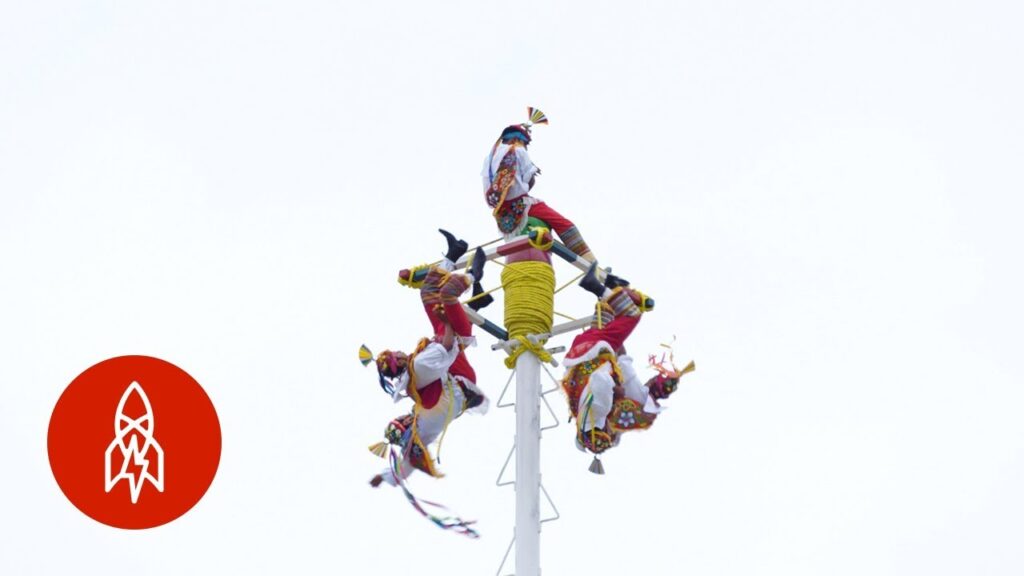Unveiling the Mysteries of Nahuales in Mexican Culture
In Mexican folklore, the concept of Nahuales is deeply woven into the cultural fabric, presenting a mystical narrative that both fascinates and instills reverence. These mythical beings are believed to be humans who possess the supernatural ability to transform into animals, an ability given by the spirit of nature. Legends say that a Nahual could be a protector, a guiding spirit, and in some tales, an omen carrier or a shapeshifting sorcerer.
The origin of Nahuales is rooted in pre-Hispanic times, showing a strong connection with indigenous beliefs and rituals. This tradition is particularly linked to the Aztec civilization and other native cultures that inhabited the region of modern-day Mexico. Their reverence for nature and the animal kingdom led to the deeply held belief in Nahuales as spiritual entities that connect the human world with the animal realm and the divine.
Understanding the role of Nahuales requires a deeper look into their representation within the community. Typically, a Nahual is associated with the day of one’s birth in the Aztec calendar, which is intricately bound to their fate and personal characteristics. The belief underscores the importance of natural elements and celestial bodies in shaping one’s destiny, and consequently, their spirit animal or Nahual.
Despite the passage of time, the intrigue surrounding Nahuales remains intact. Modern-day interpretations of these folkloric narratives continue to evolve, yet they retain their foundational significance. Contemporary storytelling, literature, and even films feature Nahual figures, reflecting their persistent role in shaping the cultural identity and the collective imagination of Mexican society.
The Role of Nahuales in Tradition and Modern Times
In the heart of Mexican folklore lies the enigmatic concept of Nahuales, shapeshifters that are said to have the ability to transform into animals. This mystic belief originates from pre-Hispanic times and has been interwoven with indigenous traditions and culture. Nahuales are often depicted as spiritual guides or protectors linked to a person’s birth and the Mesoamerican calendar, playing a crucial role in personal identity and community rituals.
Throughout history, the legend of Nahuales has also played a part in societal roles, acting as a bridge between the natural world and the spiritual. In traditional villages, a person identified as a Nahual is often revered and respected, believed to possess deeper insight and connections with the forces of nature. The shapeshifter is not merely a mystical figure; in many cases, the Nahual is a representation of the balance and harmony that is deeply sought after in indigenous cosmology.
In modern times, the idea of Nahuales continues to fascinate and integrate into contemporary culture, albeit with a shift in perception. While some view it skeptically, others see it as an important link to their ancestry and a symbol of resistance against cultural homogenization. Literature, film, and art frequently explore the theme of Nahuales, preserving this element of Mexican heritage and opening a window for the world to understand and appreciate a rich, yet often misunderstood, tradition.
Exploring the Nahuales of Central Mexico
In the heart of Mexico lies a mystic tradition as shrouded in mystery as it is enthralling. The concept of Nahuales, or shapeshifters, has been a cornerstone of indigenous Mexican lore, particularly among the Nahua people and other ethnic groups of central Mexico. These enigmatic beings are said to possess the power to transform into animals, bridging the physical world with deeper spiritual realities.
The origins of the Nahuales stem from pre-Hispanic times and resonate deeply with Mesoamerican cosmology. Rooted in ancient mythology, a Nahual is believed to be a protective spirit that links a person to the divine and the animal kingdom. According to tradition, every individual has a Nahual, determined by their birth date in the Aztec calendar, which accompanies and guides them throughout their life.
As you venture into the rural communities scattered across the volcanic valleys and lush forests of central Mexico, you might hear captivating tales about local Nahuales. The elders speak of stories passed down from generation to generation, which describe the abilities of these mystics to commune with nature, heal the sick, and foresee events by stepping into their animal alter-egos. Encounters with a Nahual are considered both a bad omen and a divine interaction, heavily dependent on the intentions of the individual experiencing it.
To truly grasp the significance of the Nahual tradition, adventurers often immerse themselves in the rich tapestry of central Mexico’s culture. Festivals, rituals, and indigenous art frequently feature Nahual symbolism, and it’s not uncommon to find sculptures, paintings, or amulets depicting these enigmatic figures for protection or blessing. While definitive encounters with Nahuales belong to the realm of the personal and the transcendent, exploring their stories is a fascinating glimpse into the spiritual heritage of Mexico.
The Nahuales of the Yucatan Peninsula and Southern States
Embark on a journey through the mystic lore of the Yucatan Peninsula and the southern states of Mexico, where the ancient tales of the Nahuales come to life. These shapeshifting beings are deeply embedded in the indigenous cultures, and their stories have been passed down through generations. The Nahuales are thought to be powerful, spiritual entities with the ability to transform into animals, typically taking on the forms of jaguars, dogs, or birds. This belief is not simply an old wives’ tale; it is an integral part of the spiritual worldview of the native communities, blending the boundaries between the natural and supernatural world.
In these regions, the legend of the Nahuales is taken very seriously, and it’s not just a matter of folklore. Often, the Nahual is considered a guardian spirit that is connected to an individual from birth, and it’s a totemic figure that guides and protects that person throughout their life. The rituals and respect given to these guardians vary from community to community, showcasing a colorful variety of practices and beliefs. The transformative nature of the Nahual is also seen as a representation of change and evolution, reflecting the ebb and flow of life itself.
Interestingly, the stories regarding Nahuales are often used to explain unexplainable events and occurrences within the local communities. Accounts of strange noises, sightings of eerie creatures at night, and mysterious happenings are frequently attributed to the acts of Nahuales. These tales serve not only as a bridge to the past and the mythical origins of these people but also as a living part of their current culture, merging the lines of mysticism and daily life.
For the curious traveler seeking a deeper understanding of Mexican folklore, exploring the rich tapestry of Nahual tales is a must. The diverse interpretations and narratives surrounding the Nahuales offer a unique insight into how indigenous cultures perceive the world. Despite the passage of time and the encroaching modern world, the belief in the Nahuales remains a resilient and enchanting element of the Yucatan Peninsula and southern states’ cultural heritage.
Nahuales of the Northern States: Guardians of the Desert
In the vast landscapes of Mexico’s northern deserts, the stories of the Nahuales have echoed through the ages with insistent wonder and mystical awe. These fabled shape-shifters, regarded by some indigenous communities as protectors, are deeply rooted in the cultural fabric of the region. The nahuales, believed to possess the ability to transform from human to animal form, are often depicted as guardians of the natural world, traveling silently under the cover of twilight.
Legends speak of the Nahual appearing during times of great peril to guide lost souls through the treacherous desert terrain. Over time, these tales have woven themselves into the identity of the northern states, with many local legends explicitly identifying particular nahuales as defenders of specific areas. The coyote, a creature revered in these narratives, symbolizes cunning and resourcefulness, traits highly pertinent to survival in this unforgiving climate.
Cultural significance aside, the stories of the Nahuales have also played a fascinating role in social order. Reinforcing a respect for nature and its many forms, they serve as a totemic reminder to communities to live in harmony with the world around them. Attitudes of conservation and cautious interaction with wildlife manifest from the reverence shown to the nahuales, viewing them not only as mythological figures but also embodiments of the desert’s spirit.
The retelling of Nahual encounters continues to ignite the imagination of those who listen, with each generation adding nuances to the enduring folklore. While skeptics may doubt the reality of these shapeshifters, the power of their stories undeniably persists, shaping perceptions of the natural environment and echoing the ancient wisdom of Mexico’s forebears to present-day adventurers.



